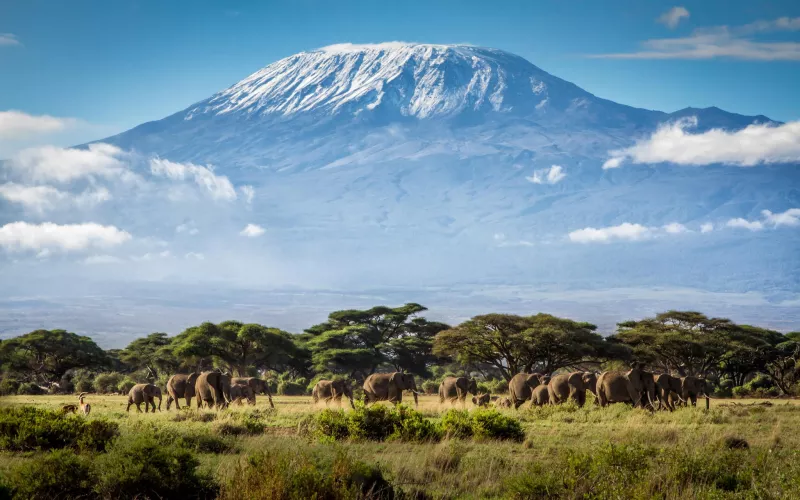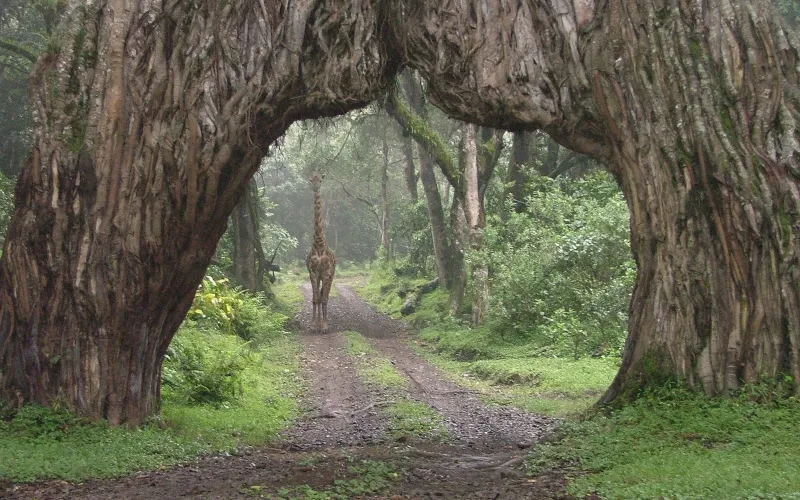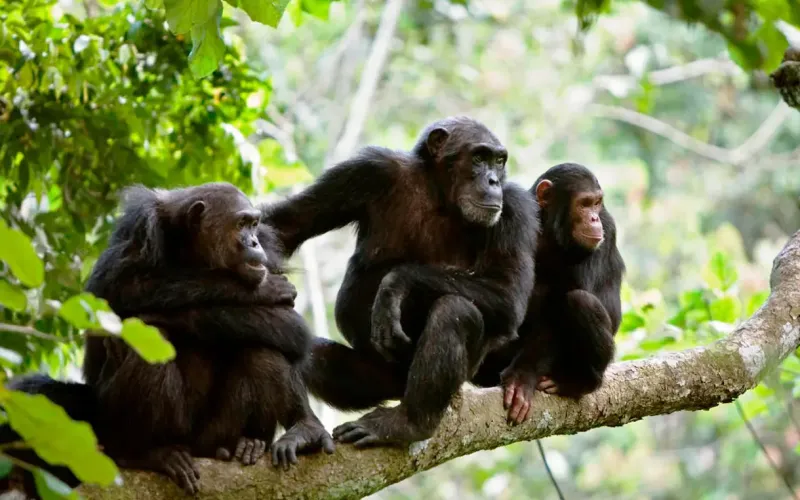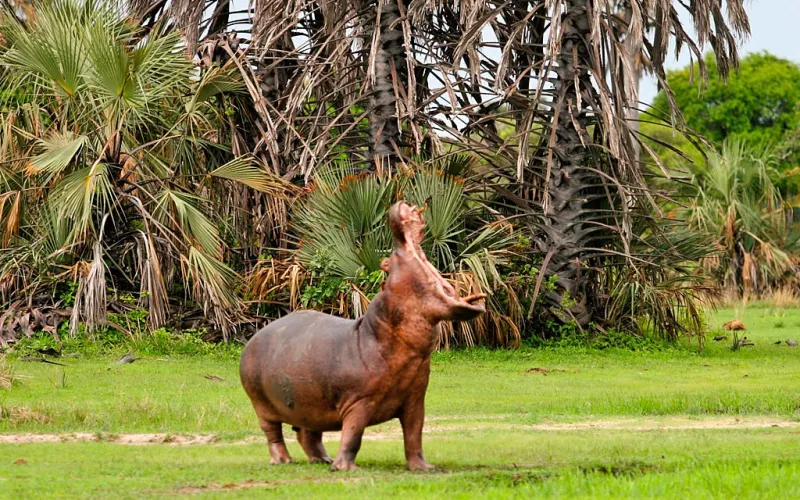Kilimanjaro National Park
Northern Tanzania

Kilimanjaro National Park
About Kilimanjaro National Park
In the northeastern part of Tanzania, and very close to the Kenyan border, lies the tallest mountain in Africa – Mount Kilimanjaro. At nearly 6000 meters—5895 m (19,340 ft)—it is the largest free-standing volcanic mass in not only all of Africa but in all of the world. Kilimanjaro is comprised of several peaks, with Uhuru Peak being the highest. The park was established in 1973 and encompasses the entire mountain above the tree line. In 2005, the park boundary was extended to include the Kilimanjaro National Forest Reserve
The vegetation of the mountain varies dramatically as the elevation increases, and it is more pronounced than some other mountains as the base Mount Kilimanjaro or “Kili” starts at around 700 m (2296 ft) on the southern slopes. Climbers will start in a humid, rainforest zone and continue up into the alpine desert and finally into the barren, glacial zone. The dramatic variation in climate means layers are a necessity for all those who wish to climb and summit Kilimanjaro. Most people who visit Kilimanjaro National Park come to climb and not for a safari. It is, however, possible to see many animals in almost all of the zones, such as black and white colobus monkeys, blue monkeys, and olive baboons. Buffalo, elephants, and elands also live here but they are seldom seen.
What are the climbing routes of Kilimanjaro?
It is generally agreed that Kilimanjaro has six official trekking routes: Lemosho, Machame, Marangu, Rongai, Shira, and Umbwe. Marangu and Rongai are considered to be the easier routes, but also the less scenic of routes, particularly Rongai. Marangu is nicknamed the ‘Coca-Cola Route’ due to the huts along the way where people can buy Coke and because it’s quicker and easier than most of the other routes. It also is not a circuitous route and climbers must use the same route for their descent. Rongai is the only northern approach to Kilimanjaro and, although it is one of the easier routes, its final summit is one of the most difficult. Of all the routes, Machame is considered the most scenic but steeper route, which also makes it one of the most popular and crowded routes. It has the highest success rate of the six routes. Shira and Lemosho routes also have good success rates and are scenic options with fewer visitors than Machame. Umbwe is a very direct route, which means it is a shorter option, but also offers much less time for acclimatization. It tends to be less popular than the other routes.
Climbers are advised to allot anywhere between five and nine days for summit and descent, depending on fitness levels and the route selected. Many people also opt for an extra day for acclimatization, which can have a significant impact on success rate. It is recommended that climbers and trekkers thoroughly research their guide and outfitter, as the guide can make or break the trip. There are numerous companies offering guided treks up Mt. Kilimanjaro, and a bit of research prior to choosing an outfitter will pay off in the long run.
When is the best time to climb Kilimanjaro?
Kilimanjaro can be climbed year-round. The months which are considered to be optimum climbing months are January, February, and September. These months are high tourist season. The end of March through May is the heavy rain season, which means the mountain may be shrouded in heavy clouds. It does, however, mean the crowds are much thinner. The winter months of June through September are also recommended, but temperatures tend to be lower than in December through February.
Destination Highlights
- Activity: Trek,Walking
- Location: Northern Tanzania .
- Meeting Point:.
- Animal avilable:
Destination Review gained by our expert
4.5
Based on 120 Reviews
Related Destination

Arusha National Park
Activities:
Walking ,Bush lunch, Watching, Bird Watching
Gombe National Park
Activities:
Bush walking
Katavi National Park
Activities:
Walking,walking